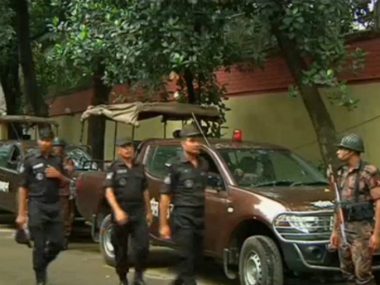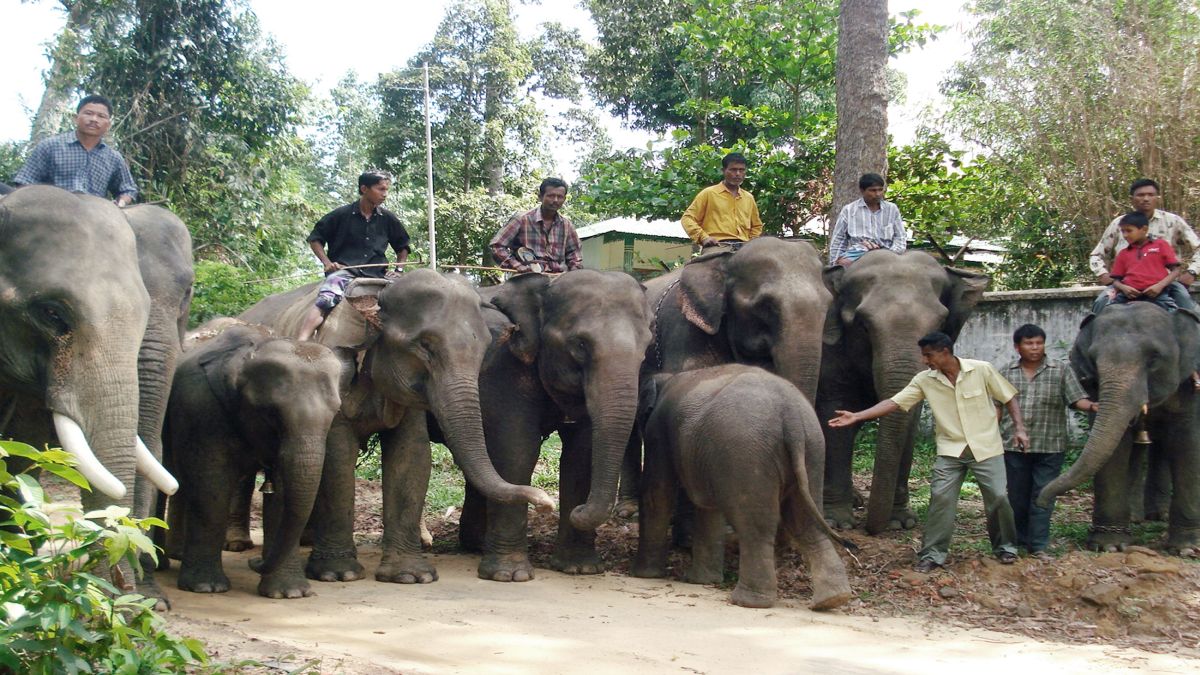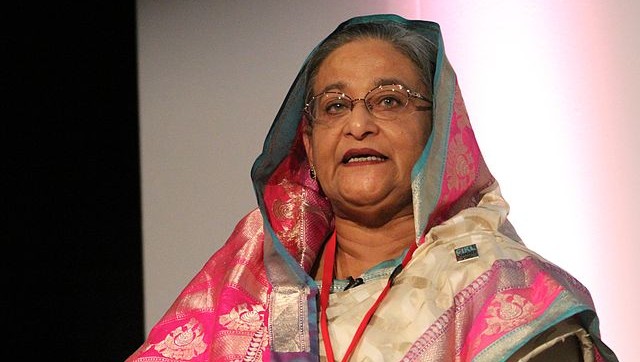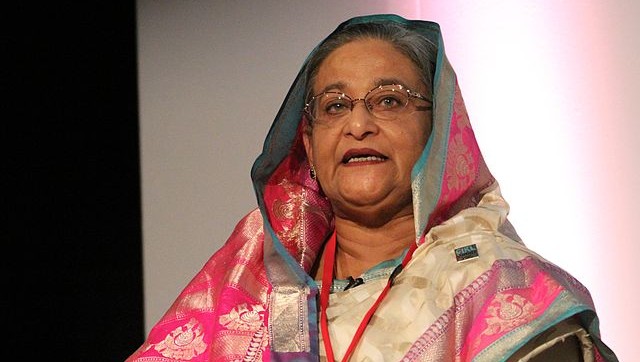Is the sudden spike in jihadi attacks in Bangladesh a result of turf war between the Al-Qaeda and IS?
The Islamic State (IS) was quick to claim responsibility for the gruesome attack on a Dhaka café that finally came to an end after a 12-hour siege on Saturday with Bangladesh army’s Brig. Gen. Mujibur Rahman telling CNN that the troops have rescued 14 hostages and shot dead six gunmen. At least two senior officers were dead and 40 were left injured.
The number of terrorists killed was confirmed by Prime Minister Sheikh Hasina. According to Daily Star , Bangladesh’s biggest English daily, Indians and Japanese nationals are among those rescued while two police officers were killed shortly after the crisis began. Witnesses told the newspaper that several bodies were lying on the floor of the café after the operation, which ended around 9.30am BST.
Reports have suggested that around 9 pm local time on Friday, as many as nine gunmen attacked the upscale Holey Artisan Bakery, which is mostly frequented by foreigners, in the plush Gulshan area bang inside Dhaka’s diplomatic zone. The terrorists shouted “Allahu Akbar” as they launched the attack and started firing, according to kitchen staffer Sumon Reza, who was among more than 10 people who managed to run to the rooftop and escape. The terrorists, who according to Reza were armed with pistols, swords and bombs, detonated explosives and took many hostages.
Though the exact figure remains unclear, at least 35 people including 20 foreigners were thought to be held at gunpoint before troops and Bangladesh’s elite Rapid Action Battalion, backed by armored vehicles, moved in to rescue them early on Saturday.
The Islamic State, through its news agency Amaq, issued a statement on Friday that its “commandos have attacked a restaurant frequented by foreigners in the city of Dhaka in Bangladesh”, a claim US State Department officials have said they “cannot yet confirm”.
Amaq also posted photos purportedly showing the bodies of hostages. Though the pictures couldn’t be verified as authentic despite a strong resemblance to actual scene of crime, New York Times columnist Rukmini Callimachi who covers Islamist extremism, including Al Qaeda and the Islamic State, pointed out in a series of tweets on Saturday how the attacks bears IS stamp.
Callimachi, a three-time Pulitzer Prize finalist, whose series of articles on ransoms paid by European governments becoming one of the main sources of funding for Al-Qaeda won her the George Polk Award in International Reporting, drew attention to the pattern of attack in Dhaka which is consistent with IS ideology of targeting only non-Sunni Muslims since Sunnis are ‘IS’ core audience."
2. This is at least the 19th attack claimed by ISIS in Bangladesh since Sept 2015.
— Rukmini Callimachi (@rcallimachi) July 1, 2016
5. Bangladesh like Turkey is a Muslim nation, with large Sunni population. This is ISIS' core audience. They can't do random violence here
— Rukmini Callimachi (@rcallimachi) July 1, 2016
6. So in Bangladesh like in Turkey, the group until today only took credit for targeted assassinations of non-Sunni Muslims.
— Rukmini Callimachi (@rcallimachi) July 1, 2016
7. First attack claimed by ISIS was in Sept 2015 & was assassination of Italian national. Next was a Japanese national on Oct 3, 2015
— Rukmini Callimachi (@rcallimachi) July 1, 2016
8. Third attack claimed by them was Oct 28, 2015 and involved bombing a Shia temple. They went on to kill Hindus, Buddhists, Christians
— Rukmini Callimachi (@rcallimachi) July 1, 2016
9. See the pattern? It's carefully selected targets, not mass shootings , presumably bc mass shooting in Bangladesh would kill Sunni Muslims
— Rukmini Callimachi (@rcallimachi) July 1, 2016
According to terror research firm SITE Intelligence Group, a Maryland-based company that focuses on “all dimensions of extremism in the 21st century” led by Israeli analyst Rita Katz (terror analyst and author of Terrorist Hunter, a book on radical Islamic groups operating in the US), Dhaka has become victim to a competition between Ansar al-Islam, the Bangladesh division of Al-Qaeda in the Indian Subcontinent (AQIS) — which claimed responsibility for the killing of LGBT magazine editor Xulhaz Mannan — and IS, which claimed credit for the 23 April murder of Rezaul Karim Siddique, an English professor at Rajshahi University.
“As soon as the Islamic State began carrying out attacks in Bangladesh, we predicted attacks would increase while the group and AQIS competed,” Rita Katz was quoted, as saying in the report . “This is exactly what we are seeing now as the Islamic State claimed six attacks in 2016 alone.”
ISIS, says SITE, has taken responsibility for 15 attacks in Bangladesh so far. AQIS and its affiliates, on the other hand, have so far tallied 13 (11 killed and five wounded) since 2013.
SITE’s argument on increasing competition between AQIS and IS in Bangladesh was also corroborated by newspaper Daily Star. In a recent article, the Bangladesh daily quoted Islamic State magazine Dabiq and wrote how the IS wing in the country is being led by a Bangladeshi-Canadian named Tamim Chowdhury, who identifies himself as Shaykh Abu Ibrahim Al-Hanif.
While AQIS, which began gaining strength in 2013-14, recruits from Jama’atul Mujahideen Bangladesh (JMB), Ahle Hadith, Hefazat-e Islam, different madrasas and financially vulnerable families, the so-called IS affiliated group apparently recruits from relatively more affluent section of the society including physicians, engineers, technologists, architects and educated people.
Targets of the so-called IS, said the report, includes a wide-spectrum of people — Hindu, Christian, Buddhist or Bahá’í leaders, spiritual leaders or pirs, members of Shia sect, university teachers, religious convert and foreigner, among others.
In the last 18 months, militants have killed 47 persons. Responsibility for 28 of these killings was reportedly claimed by so-called IS and eight by Ansar Al Islam, said the report .


)




)
)
)
)
)
)
)
)